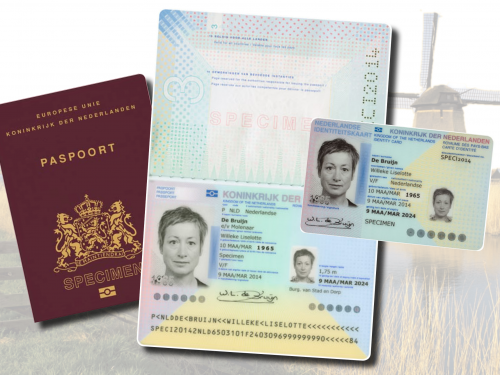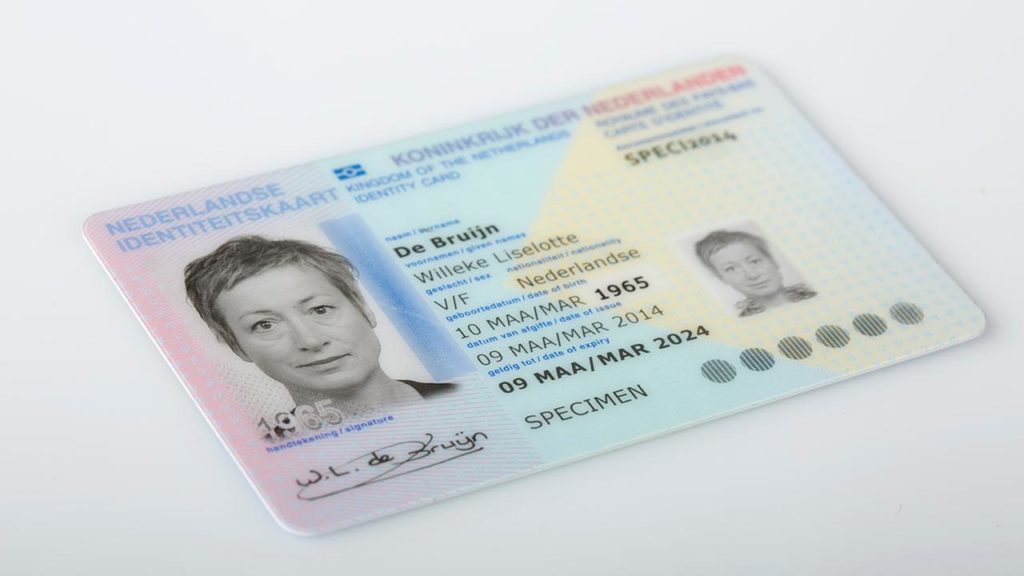Blog
How to Apply for a Dutch Identity Card A Step-by-Step Guide
How to Apply for a Dutch Identity Card A Step-by-Step Guide
How to Apply for a Dutch Identity Card A Step-by-Step Guide The Dutch Identity Card (Nederlandse Identiteitskaart) is a valuable government-issued document that serves as proof of identity and, for Dutch citizens, also functions as a valid travel document in many European countries. Whether you’re applying for the first time or renewing an expired card, understanding the application process ensures you can obtain your ID card quickly and efficiently.
This comprehensive guide offers a clear, step-by-step process to help you apply for a Dutch identity card—whether you’re living in the Netherlands or abroad.

What is the Dutch Identity Card?
The Nederlandse identiteitskaart is an official personal identification document issued by Dutch municipalities. Unlike the Dutch passport, it cannot be used for international travel outside Europe but is valid for travel within many EU and EEA countries.
It is:
-
Valid for 10 years (for adults)
-
Valid for 5 years (for children under 18)
-
Accepted as a national ID within the Netherlands
-
Embedded with electronic biometric and personal data
Who Can Apply for a Dutch ID Card?
To apply for a Dutch identity card, you must meet the following criteria:
-
Be a Dutch citizen
-
Be registered in a Dutch municipality (Basisregistratie Personen or BRP)
-
Be present in person at the appointment
-
Minors under 12 must be accompanied by a parent or legal guardian
Where to Apply
You must submit your application at:
-
Your local municipal office (gemeentehuis) in the Netherlands, or
-
A Dutch embassy or consulate if applying from abroad
Important: You must make an appointment in advance. Walk-ins are not allowed for ID card applications.
Step-by-Step Guide to Applying for a Dutch Identity Card
Step 1: Book an Appointment
Visit the website of your local municipality (gemeente) to:
-
Find the identity card section
-
Schedule an appointment online
-
Choose a date and time suitable for you
TIP: For faster processing, try smaller municipalities where appointment slots may be available sooner.
Step 2: Gather the Required Documents
Make sure to bring the following items to your appointment:
For Adults (18 years and older):
-
A valid or expired Dutch ID card or passport
-
One recent passport photo (compliant with Dutch photo requirements)
-
Proof of Dutch citizenship (if required)
-
Payment method (debit card or cash, depending on municipality)
For Children Under 18:
-
A passport photo
-
Parental consent form signed by both parents/legal guardians
-
Proof of identity for both parents/guardians
-
The child must attend the appointment
All documents must be originals—no photocopies will be accepted.
Step 3: Attend Your Appointment In Person
At the appointment:
-
Your information and documents will be verified
-
Your biometric data (photo and signature) will be captured
-
You’ll receive a collection receipt
If all documents are in order, the application will proceed without delays.
Step 4: Pay the Application Fee
The cost of a Dutch ID card varies slightly by municipality. As of 2025, typical fees are:
-
Adults (18+): €75.00
-
Children (under 18): €40.00
Check with your local municipality for the exact rate and accepted payment methods.
Step 5: Wait for Processing
Standard processing time is approximately 5 working days. In some municipalities, express services may be available at a higher cost.
Once your ID card is ready, you’ll receive:
-
A notification via email or SMS
-
A request to collect the card in person
Step 6: Collect Your ID Card
You must collect the card in person. Bring your:
-
Collection receipt
-
Proof of identity (if requested)
Children under 12 must be accompanied by a parent or guardian.
Validity of the Dutch ID Card
-
Adults (18 and older): Valid for 10 years
-
Children (under 18): Valid for 5 years
Keep track of the expiry date—you can renew your card up to 6 months before expiration.
Dutch ID Card for Travel
Dutch citizens can use the ID card to travel without a passport in the following countries:
European Union / EEA Countries:
-
Germany
-
France
-
Belgium
-
Spain
-
Italy
-
Austria
-
Sweden
-
Poland
-
Portugal
-
Greece
-
Czech Republic
-
Finland
-
Ireland
-
Luxembourg
-
Slovenia
-
Slovakia
-
Hungary
-
Croatia
-
Estonia
-
Latvia
-
Lithuania
-
Romania
-
Bulgaria
Other Countries Accepting Dutch ID Cards:
-
Switzerland
-
Norway
-
Iceland
-
Liechtenstein
-
Turkey
-
Monaco
-
San Marino
-
Andorra
It’s ideal for short trips, business visits, or spontaneous travel within Europe.
Renewing or Replacing a Dutch Identity Card
Renewal:
-
Can be done up to 6 months before expiry
-
Follow the same process as a first-time application
Lost or Stolen Card:
-
Report to the municipality or police immediately
-
Apply for a replacement ID card
-
A fee will apply, and in some cases, a statement of loss may be needed
Dutch ID Card for Residents Abroad
Dutch citizens living abroad can apply through:
-
The nearest Dutch embassy or consulate
-
In the Netherlands at Schiphol Airport’s municipality office or select towns
Documents needed:
-
Dutch passport
-
Proof of previous residency
-
Birth certificate or proof of citizenship
-
Passport photo
-
Payment
Processing time abroad may be longer than domestic applications.

Conclusion: The Dutch ID Card as a Smart Travel and Identity Tool
The Dutch Identity Card is a practical and secure document that opens doors to everyday services and European travel. Whether you’re applying for the first time, renewing an old card, or replacing a lost one, the process is simple, fast, and straightforward with proper preparation.
For Dutch citizens, it is more than an ID—it’s a symbol of digital access, national identity, and borderless European freedom.

